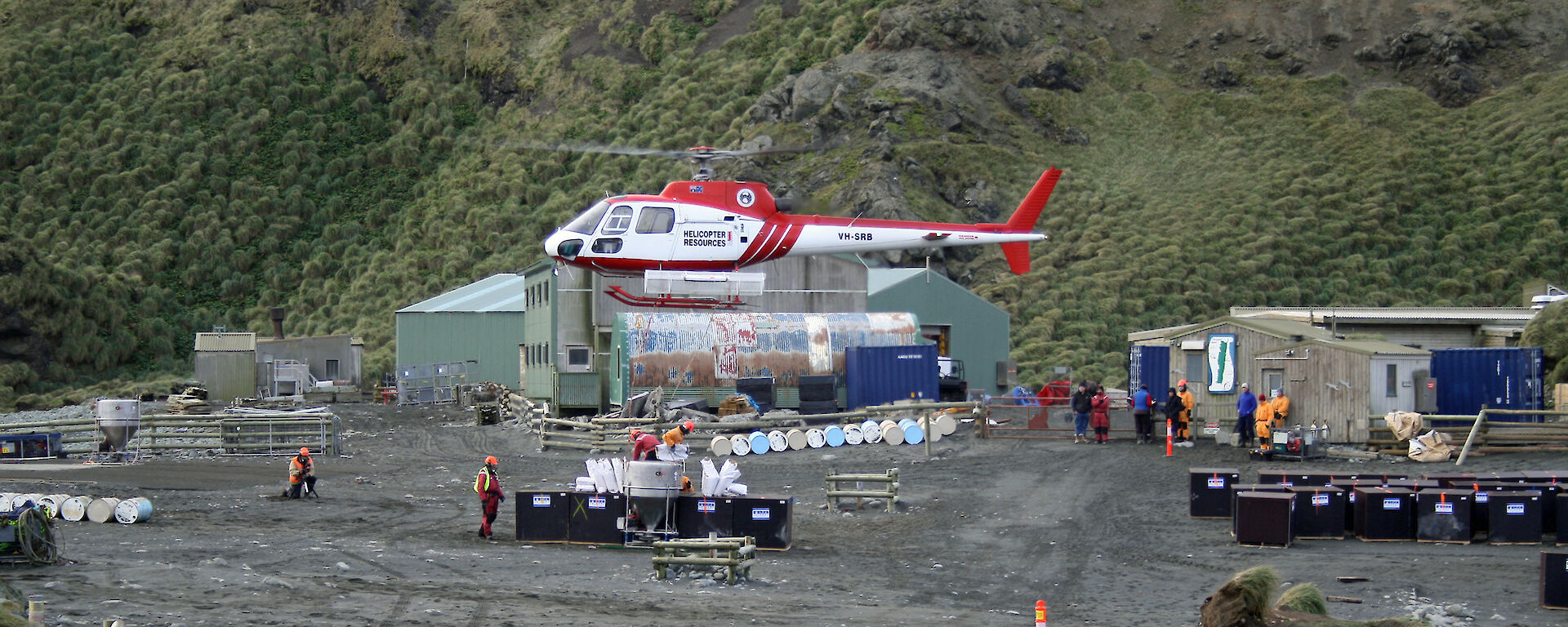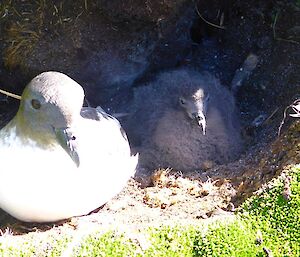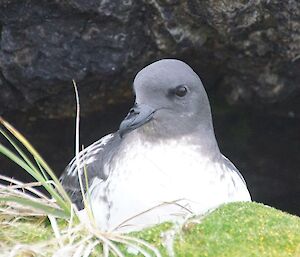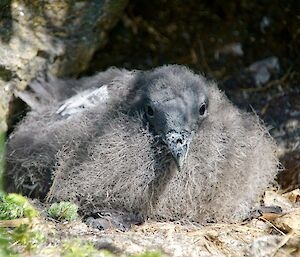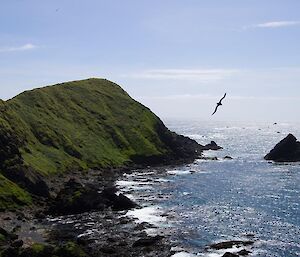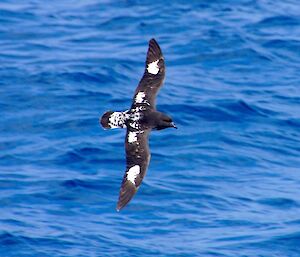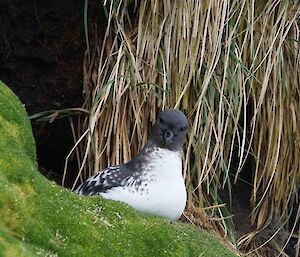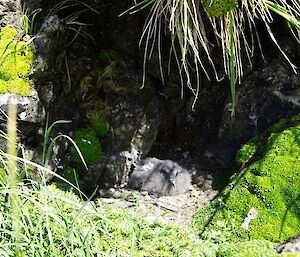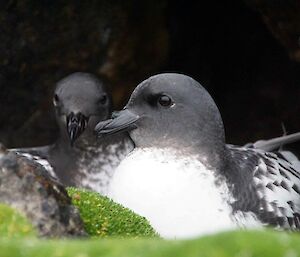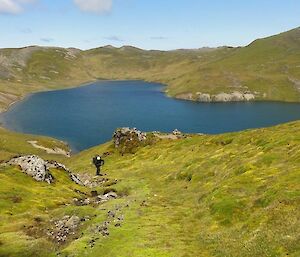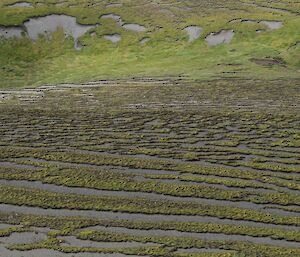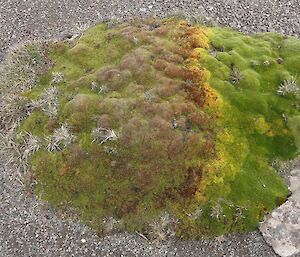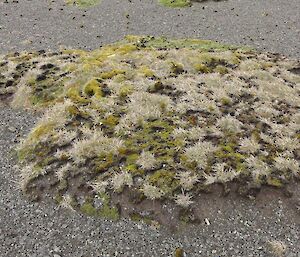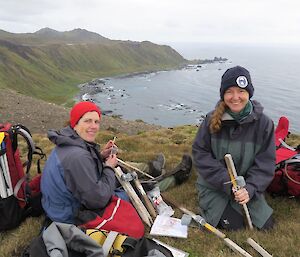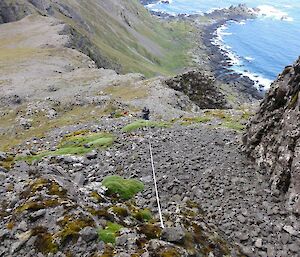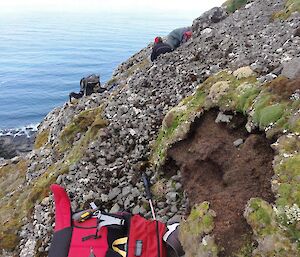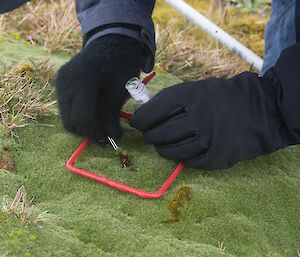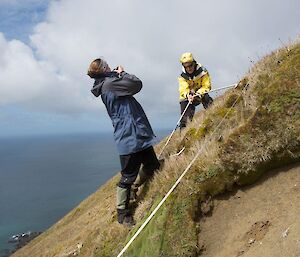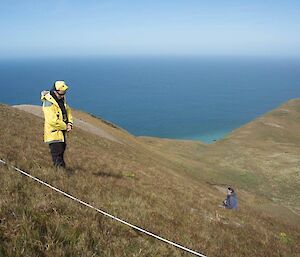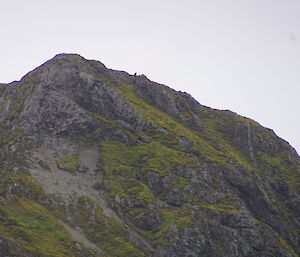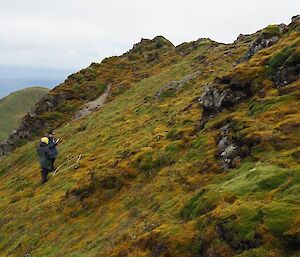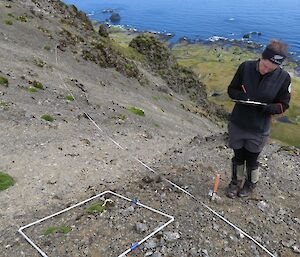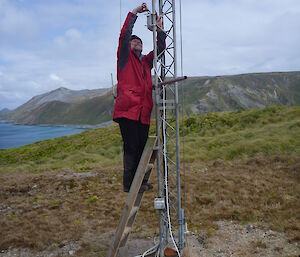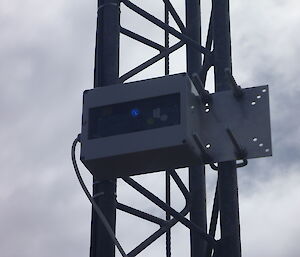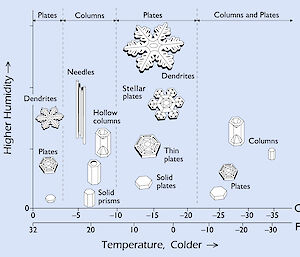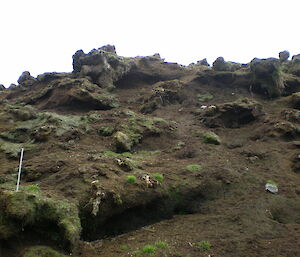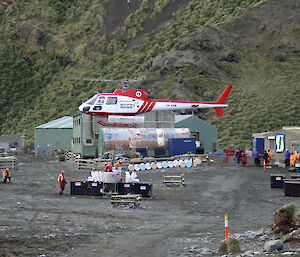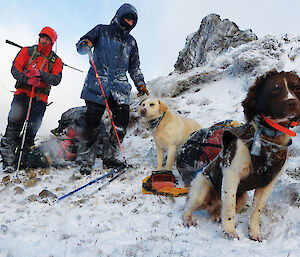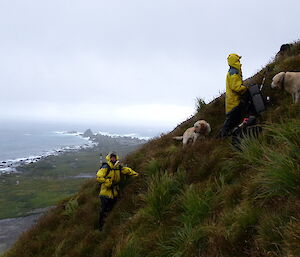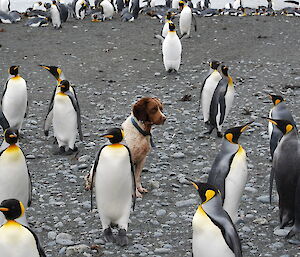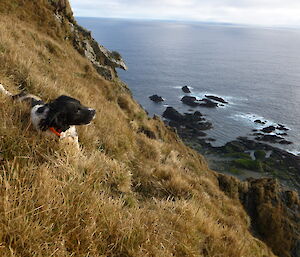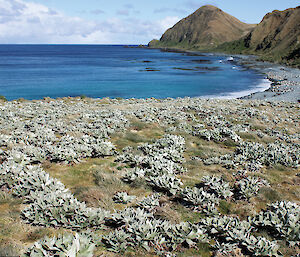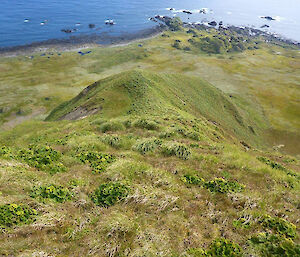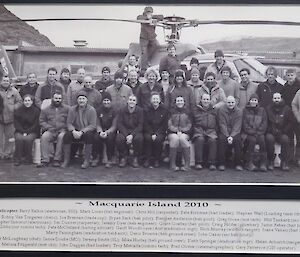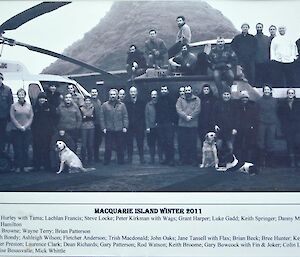Following the eradication of wekas and feral cats, rabbits and rodents were enjoying the island flora and fauna and living the good life. Rabbits consumed the large, leafy megaherbs and grasses, which lacked the ability to adapt to grazing. Extensive damage was occurring to the tall tussock grassland, resulting in a loss of breeding habitat for nesting seabirds and the destabilisation of slopes. Rats preyed on seabird chicks and eggs, and were a threat to a least nine burrowing seabird species breeding on Macquarie Island.
The presence of rats and mice was also inhibiting plant regeneration. Vegetation communities are a critical part of the Macquarie Island ecosystem as they protect soil and rocks from weathering, stabilise steep slopes and provide habitat for invertebrates and nesting sea-birds.
In 2007, the Australian and Tasmanian Governments jointly funded the Macquarie Island Pest Eradication Project (MIPEP) to the tune of $24.6 million, to implement the plan to eradicate rabbits, rats and mice from the island. This was a massive task and would take years to plan and undertake and needed to be 100% successful.
The first stage of the project was aerial baiting: helicopters were used with bait buckets slung underneath as this was the best method to spread bait evenly over the whole island. Winter was chosen as the preferred time for baiting as this is when most of the wildlife is absent from the island and pest populations are at the lowest point in their annual cycle. Any activity on the island is always subject to the vagaries of the weather: the project started in the winter of 2010 but had to be postponed due to weather until 2011, when they had a successful season and baiting of the whole island was completed by July of that year.
Once baiting was over, the hunters and dog handlers arrived in late July for the next phase of the plan: they had to cover every inch of the island in their search for remaining rabbits, and this had to be done by foot.
Additional field huts were inserted on the island to provide accommodation and these teams spent four weeks rotating through huts and search zones on the island before coming into station for one week for some R&R. There were 13 dogs for this part of the operation and all had been specially trained not to disturb native animals — they undertook a two-stage assessment and certification process to ensure they were fit for the job. Only 13 rabbits were located during 2011, an indication of how successful the baiting had been.
Hunting continued throughout 2012 and in 2013 rodent detection dogs were deployed to the island for 12 months as well, to determine the presence of rats and mice. An estimated 92,000 kilometres was covered by these teams in their thorough crisscrossing of the island.
MIPEP was declared a success in April 2014: not a single live rabbit had been spotted since December 2011, and no sign of mouse or rat since July 2011: total eradication had been achieved.
In order for no new pests to be introduced, strict biosecurity procedures are in place for any people, ships or cargo coming to and from the island, including a full bait line across the isthmus over summer when station traffic increases. Vigilance is required to ensure that the island can return to its indigenous ecosystem, and there are various science projects on the island this summer who are endeavouring to find out what that is, since the pests pre-date accurate scientific records for the island.
The following publications used as sources: “Eradication of Cats (Felis Catus) from subantarctic Macquarie Island” by Susan A. Robinson and Geoffrey R. Copson; “Macquarie Island: from rabbits and rodents to recovery & renewal” Australian Govt — Department of the Environment; “Macquarie Island Pest Eradication Project” Tasmanian Parks & Wildlife Service.

